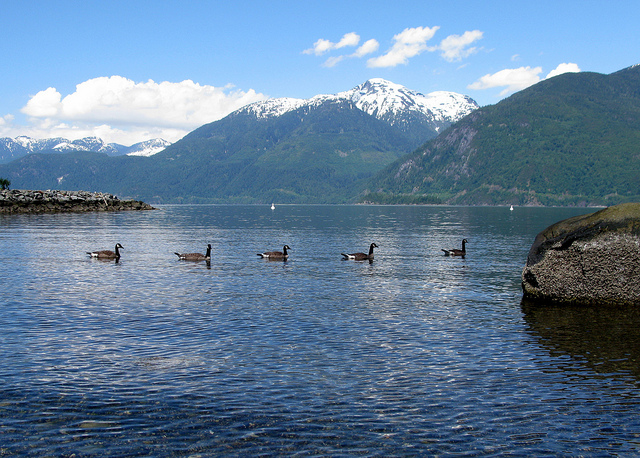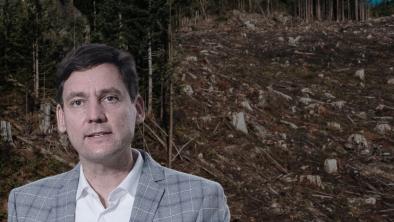B.C. is cheating its landscapes to sell the province
Globe and Mail

When Destination British Columbia set out to brand the province with a new tourism marketing video, it turned to the dramatic landscapes that surround us for inspirational imagery.
The Wild Within, a stunning video released three months ago on YouTube, soars over breathtaking mountains and plunges down hauntingly beautiful rivers to sweep along the coastline.
Not surprisingly, many of the most dramatic shots were taken in B.C.’s parks, 14 of which are featured in the video. B.C.’s parks sell this province to the world, as the new tourism video makes clear.
But the provincial government is doing little to protect the landscape that’s driving the tourism industry.
The annual operating budget for BC Parks is about $31-million, almost unchanged from 2001, when it was $30-million.
By comparison, the government provides $49-million in funding to Destination BC, the marketing organization run by the Tourism Industry Association of BC.
Destination BC has to sell the province – but the landscapes it is selling are at risk because of underfunding.
Does that make good business sense?
In 2001, there were 27 full-time park rangers in the province. Today there are 11, patrolling more than 13 million hectares between them.
Ministry of Environment documents released by the NDP last week show that there isn’t enough money to replace the aging infrastructure in parks or to hire adequate staff.
The documents state that with costs rising and the budget static for years, BC Parks has been “forced … to shorten operating seasons, eliminate park ranger positions, reduce preventive maintenance and implement other program cuts.”
Rather than dipping in to general revenues to provide BC Parks with the funding needed, the government plans to raise camping fees this summer, with increases ranging from $2 to $5 a night.
That’s right. British Columbians are going to be asked to pay more – up to $35 a night in some campgrounds – to camp in parks where the government is reducing services.
The documents state B.C.’s 20 most popular parks “are viewed as prime candidates for fee increases” that will help put BC Parks on “a secure, long-term financial footing.”
Nowhere in the documents, however, is it suggested the financial security could be achieved by drawing on tax dollars, as the government did with Destination BC.
It is obvious that the tourism marketing agency is worth putting money into, because tourism is such an important part of B.C.’s economy. But B.C.’s parks aren’t regarded as being equally important. They should be – and the government need only look in its own library for proof of that.
In 2001 the province commissioned PricewaterhouseCoopers Canada to do an analysis of B.C.’s provincial parks. The report concluded that total expenditures related to provincial parks were approximately $533-million annually and that “for each dollar invested by government in the protected areas system, there were about $10 in visitor expenditures.”
The study also found that parks generate $97-million annually in provincial tax revenues, and that those contributions, and other revenues attributable to parks, are hidden under general revenues in provincial budgets.
So while parks are money-makers for the government, their full contributions to the economy aren’t recognized. Instead they are portrayed as money-losers needing service cuts and fee increases.
Gwen Barlee, a director of the Wilderness Committee, notes that while the provincial government has been underfunding BC Parks and reducing services for years, it has also been passing legislation that makes it easier for resource industries to operate inside park boundaries.
“It’s a horrible irony that you make it easier for logging companies and oil and gas companies to come into our parks … [while] you are making it harder, by making it more expensive, for the public to come in and enjoy our parks,” she says.
Photo: Porteau Cove Provincial Park near Squamish, BC. Kyla Duhamel via Flickr.


